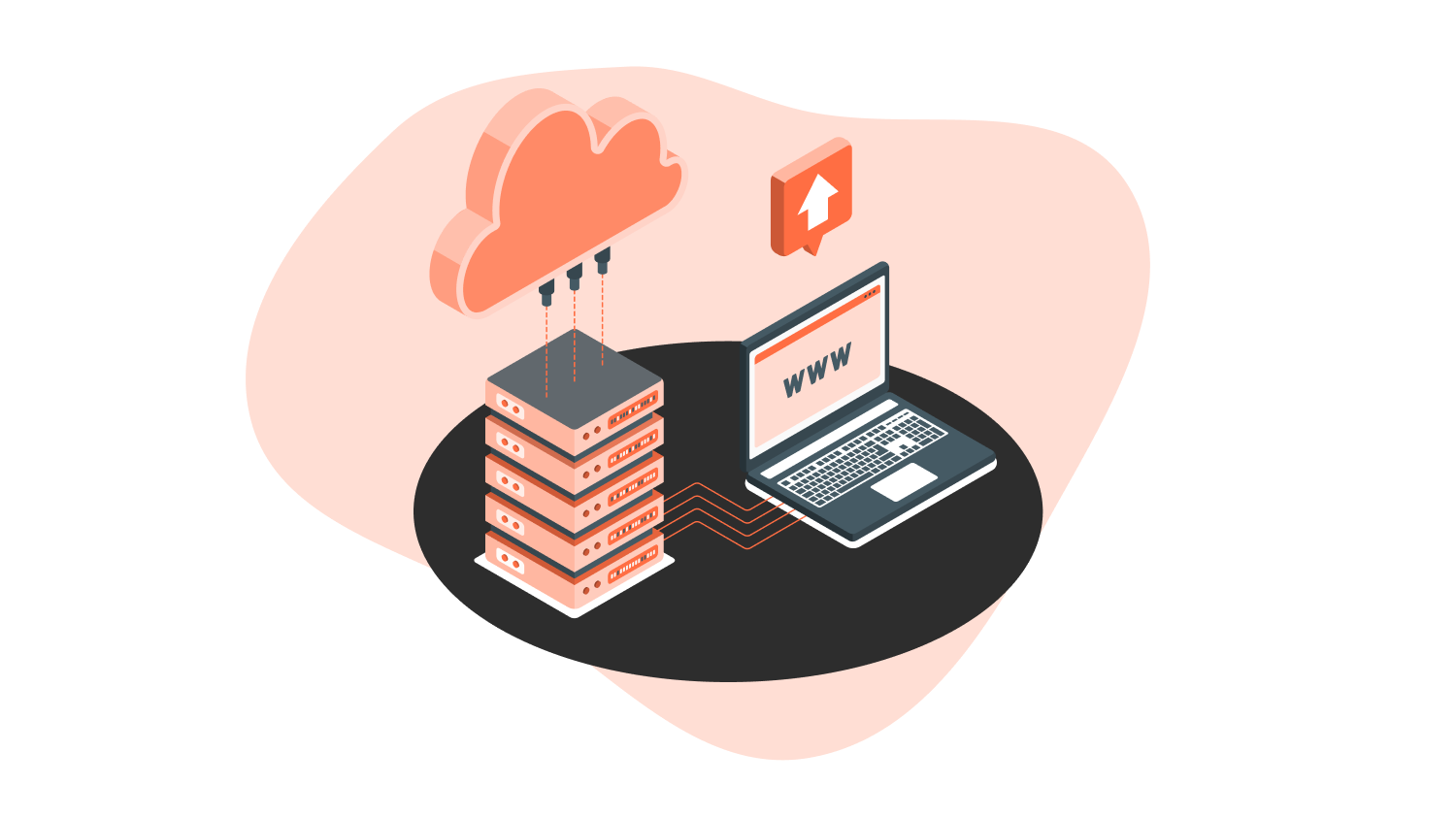The world is a marketplace for intelligent startups. Conversely, startups should have a worldwide reach if they are to perform well on a global scale. And thus, a cloud migration strategy as well. Migrating your application and server to the cloud does the same effect as taking your business closer to where your customers live.
You probably already know the benefits of migrating to the cloud –
-
-
- easy scalability
- responsive websites
- data security
- and reduced overall cost in running your business
-
But what you may have overlooked is a strategy that suits your business to migrate without hassle.
For one, significant downtime during data migration is a known disadvantage that could arise without proper planning. Another common issue companies have reported is teammates’ slow adoption of the system, making overall operation slower than before. For this and more, it’s imperative that cloud migration needs a fail-proof plan to ensure you don’t run into unintended pitfalls.
Researching cloud service providers
Finding the right cloud provider gets you proper cloud capability, in addition to their expert team at your disposal without spending exorbitant sums on cloud computing experts.
-
- As your business is set to scale anytime, having an expert team with a migration strategy to guide you through enhancements to your system could be immensely beneficial for your team in the long run.
- Landing the right cloud service providers also means a better deal than what you see on their webpage. Often, providers who are trusted across the board give offers and discounts that are much helpful to early-stage startups.
- One thing to note is that most cloud providers grow in features and capabilities just like you do. So it’s important to speed up along with them to reap maximum benefits from the system you build. This could be made possible by ensuring that everyone runs according to a cloud migration strategy.
Sudden implementation or incremental changes
There are many ways in which you can implement your cloud migration strategy. There are mainly one in three ways you could implement a complete cloud migration – big bang, incremental, and a hybrid migration model.
-
- Big Bang – Taking your architecture straight to the cloud in a one-time effort is one way to do it. One problem that’s commonly encountered is the increased downtime caused by this complete migration.
- Incremental – This is perhaps a much more relaxed approach to data migration, taking a few essential services to the cloud at a time. This helps you evaluate the benefits of cloud services and move the rest at a convenient pace.
- Hybrid – Moving only those services to the cloud that could benefit from an immediate cloud migration is a much-preferred approach by most CTOs. It’s better to distribute services across Cloud Service Providers (CSP) to improve resilience and reduce risks to data.
Project planning
Needless to say, transitioning your company into the cloud is a time-consuming process. It’s favorable to have a plan in place well before you decide on the migration to ensure that you lose less time overall in helping your team make the shift.
-
- Ensure that your teammates are all onboard with the migration plan. Chances are that some of them may require more time than others to fully migrate to a cloud ecosystem. Considering and keeping your team in the know while planning your migration is the best way forward.
- Another obvious delay that could occur during migration is unavoidable downtime. This could be either during database migration or while setting up your DNS. Having a proper migration specialist help you out on this is much advised.
- One other thing that you could implement during migration is changing your IP address. This is especially important as your public and private IP addresses will change after migration.
- Although you will almost certainly be using the latest version of the cloud platform, ensure that your data doesn’t get locked in a previous version anywhere during the lifetime of operation.
Suggested read: Step by Step Guide for Project Planning in Agile Methodology
Addressing the cloud migration across teams
As mentioned above, migrating to a cloud-based ecosystem requires everyone to be on your side. The goal here is to get everyone to explore and reap the best out of the improved platform. Like you, they might find it difficult at the beginning, so it’s best to keep a couple of things in mind before migration.
-
- It’s best to assign leaders within teams to help make the complete transition through learning sessions and communicating the changes with fellow teammates.
- Resources like user guides, use cases, and proof of Concept trials could immensely help the team to get more accustomed to migration and make an informed transition.
Creating the right feedback loop
Migrating to the cloud has incredible value considering the feedback loop you build with it. Noting down the present conditions before migration and comparing them with the new system can help you get a real-time understanding of the profitability of migration.
-
- Often, making a complete cloud migration shows you hidden opportunities to capitalize on. It works especially well in taking down unnecessary steps and loops at work and streamlining work altogether.
- You could easily measure the change migration has brought to your business and evaluate if the investment was worth it or not. Any results you believe are currently unsatisfactory can be made better by tweaking the cloud platform. This is where an expert cloud partner comes in handy.
Conclusion
We understand startups and the kind of budget they mostly start with. So it goes without saying that errors can be too risky at this stage. Having a Cloud migration strategy is perhaps the most affordable option to reduce risks in terms of data loss, hardware procurement, and maintaining teams.
At NeoITO, we help startups make their transition into cloud-based enterprises that are ever-ready for their customers. One of our clients, National Taxi Services required an in-depth data migration to make their ride-sharing app seamless. Read more about our Customer success story of Rideyellow to know more. We’d love to hear your unique challenge to figure out the best way forward.
To get a more in-depth understanding of what goes on behind the scenes, call us today for a free consultation.




